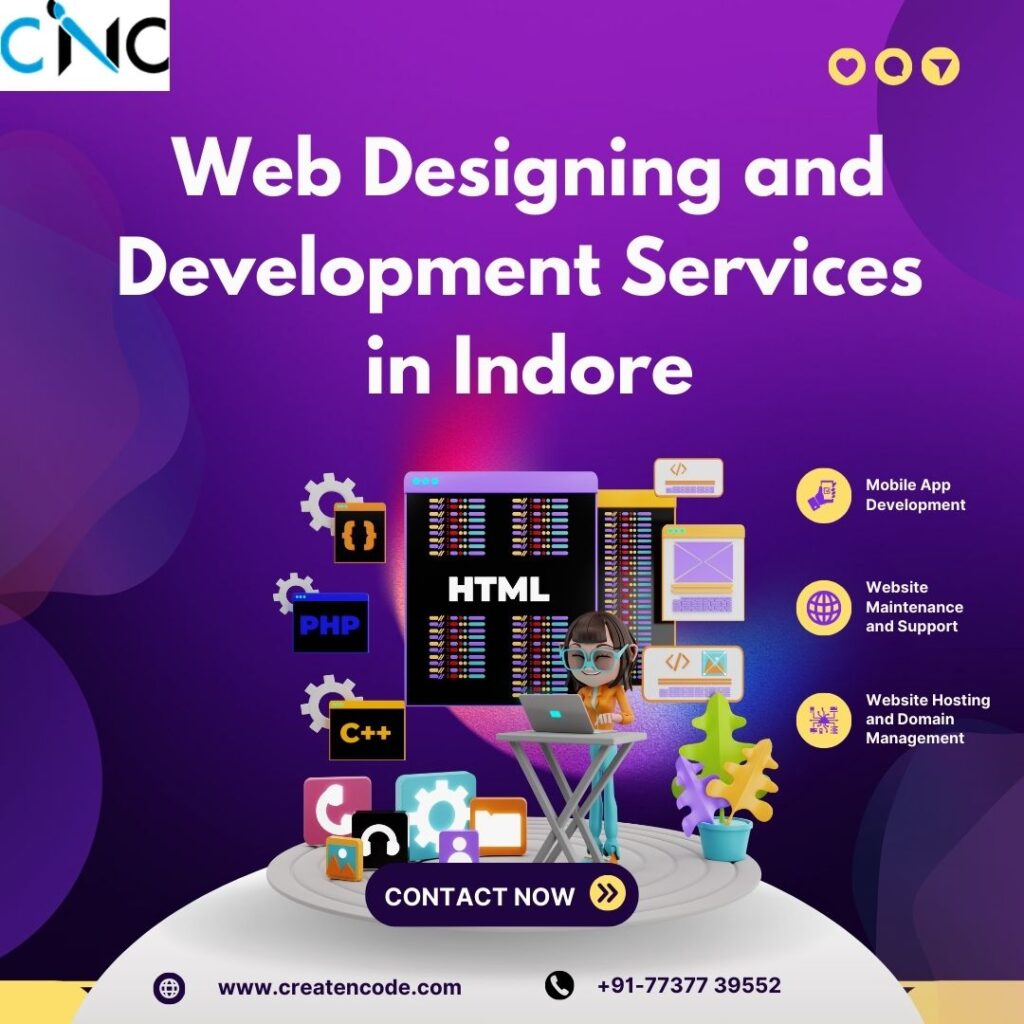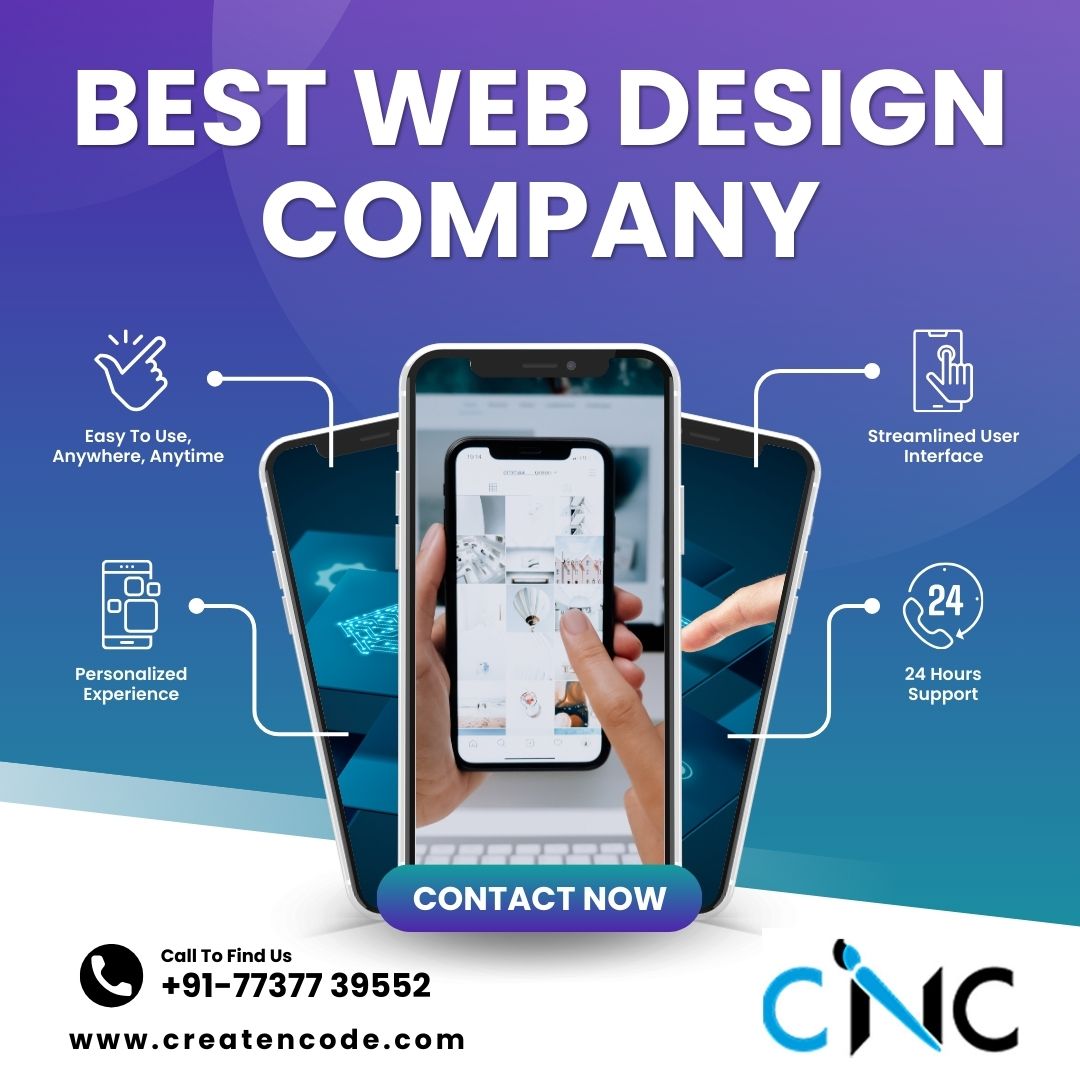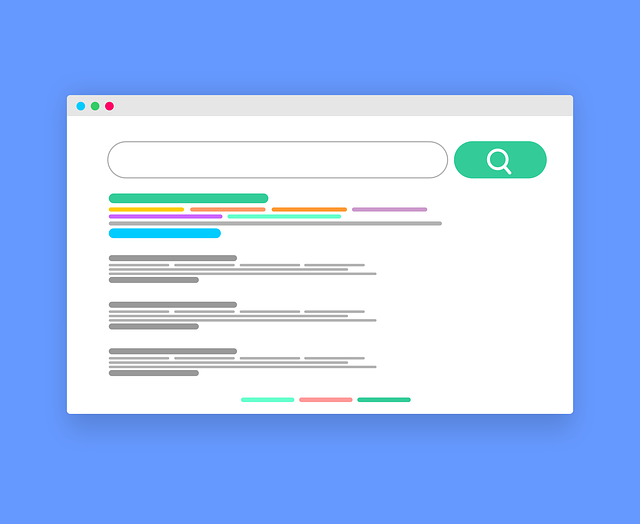Strategies for Ensuring User-Friendly Design by best web design company in Indore
The building of websites that are visually appealing, user-friendly, and accessible to all users is referred to as user-friendly design. It includes a number of elements, such as responsiveness, functionality, and layout, all of which are intended to give users a smooth experience.For such reasons the design that is easy to use is important
Enhanced Interaction:
When webpages are well designed and easy to navigate visitors are willing to spend a lot of time browsing the site.Increased Conversion Rates:
These two website metrics can lead the visitor to perform certain actions, which include for example, purchasing a product or subscribing to a newsletter.Better SEO:
Some websites that offer users the best experience may end up being recommended by the search engines and may get a better ranking.Conducting User Research:
Before starting the design process, best web design company in Indore conduct thorough user research to understand their target audience's needs, preferences, and behaviors. This research helps in creating a design that resonates with users.Wireframes and Prototypes:
Prototypes are similar to real usage scenarios whereas wireframes are plain sketches of the website layout.Visualizing Structure:
The understanding of the organization and logical flow of the web site is achieved before beginning comprehensive work by using the wireframes.Feedback Collection:
Prototyping ensures that early testing is done and the stakeholder feedback is obtained so that it is ascertained that the design is optimal.Simple, logical menu structure that makes it easy for consumers to locate what they're looking for is the foundation of intuitive navigation.
Make sure the website appears excellent and works properly across all platforms, including PCs, tablets, and smartphones, by using responsive design.
Quick loading times: As consumers have a tendency to leave websites that load slowly, optimize your pictures and code to speed up page loads.
Text that is readable and clear: Make use of readable typefaces, suitable font sizes, and adequate background-text contrast.
Layout consistency: To make consumers feel at ease when exploring the website, keep all of the pages designed in the same way.
Accessibility: Adhere to the Web Content Accessibility Guidelines (WCAG) when designing for users with disabilities.
Simple forms: To minimize user annoyance, keep forms brief and just request necessary information.
Search functionality: To assist users in finding certain information fast, implement a powerful search feature.
Visual hierarchy: Direct users' attention to the most crucial items by using color, size, and positioning.
User testing: To find and fix any design flaws, run usability tests on actual users.
Explicit appeals to action: Provide clear and informative buttons and links so that users know what to expect when they click.
Error management Give precise error messages and instructions on how to fix forms and search engine errors.
Mobile-first strategy: In order to guarantee a seamless experience across all platforms, design first for mobile devices and then scale up for larger screens.
For more info click on this : https://createncode.com/





